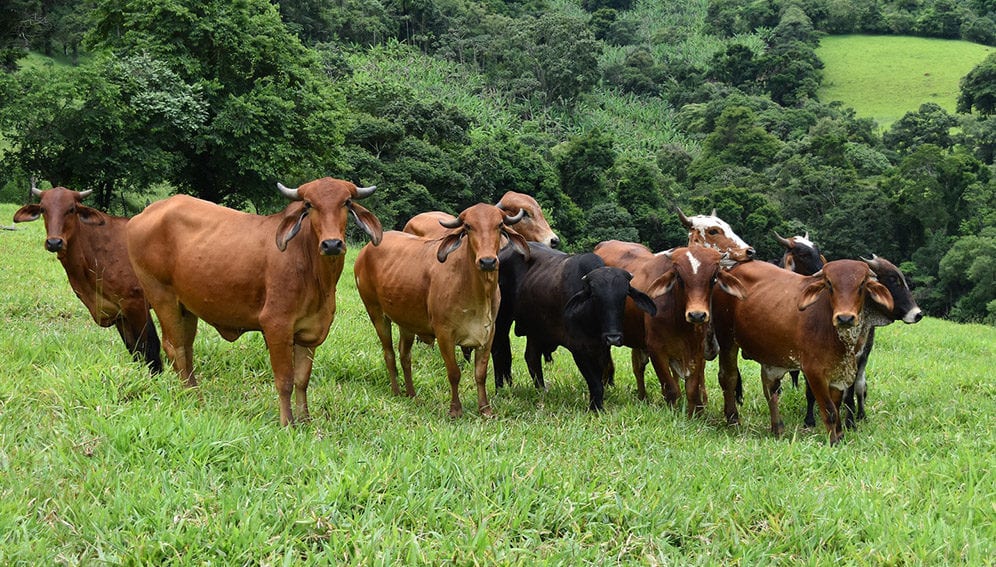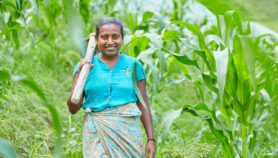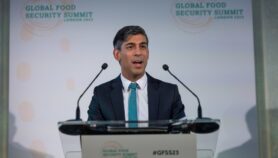31/05/19
Intensification of cattle ranching doesn’t always help reduce deforestation

By: Helen Mendes
Send to a friend
The details you provide on this page will not be used to send unsolicited email, and will not be sold to a 3rd party. See privacy policy.
[CURITIBA] The intensification of cattle ranching in a particular area to boost its productivity was proposed by experts as a measure to reduce deforestation of new lands in the Amazon, but a new study shows that sometimes it can have the opposite effect.
In the Amazon, beef cattle ranching drives deforestation of the rainforest, and more than 60 per cent of the deforested area is used as pasture.
The current environmental legislation, the Brazilian Forest Code, allows land-owners to deforest 20 per cent of their private lands, so policies that promote the intensification of cattle ranching have been suggested as a viable option to reduce deforestation.
“Actually, the dynamics of ecosystems conversion and deforestation in Brazil are tied to the property market,”
Arnaldo Carneiro, ecologist at the National Institute for Research in Amazonia (INPA)
The idea behind this measure is that intensification of cattle ranching could help ranchers use the already deforested land more efficiently and prevent them from deforesting more.
Under the Brazilian Forest Code, there are federal banks that offer subsidies to encourage the intensification of cattle ranching with credit lines, so that producers in the Amazon are able to buy new equipment, improve infrastructure and, this way, increase productivity.
However, in a research paper published in Ecological Economics, researchers show that policies only aiming at intensification of cattle ranching will often not have the desired effect if they are not accompanied by measures that limit the land owners’ access to new land.
That’s because the policy only works when the market becomes saturated, which is unlikely to happen, they say.
“Anti-deforestation policies incentivizing fast intensification can only lower deforestation rates under conditions in which the local cattle market saturates,” the paper says.
“We show that under many environmental and economic conditions, intensification does not reduce deforestation rates and sometimes even has a detrimental effect on deforestation.”
In order to reach these conclusions, the international team of researchers developed a computational model that looked at the interactions between the social, economic and environmental aspects of land use in the Brazilian Amazon.
“Many activities in frontier regions of the Amazon cannot be simply reduced to purely economic behaviour, which is why we model interacting agents and study the outcomes at the level of a region,” Finn Müller-Hansen, author of the study and researcher at the Potsdam Institute for Climate Impact Research, told SciDev.Net.
“The expansion of [cattle ranching] borders on the Amazon is not explained by market demands. It is not because the market wants to consume more meat, or more soy, that cattle ranching is expanding on the Amazon,” Arnaldo Carneiro, an ecologist at the National Institute for Research in Amazonia (INPA), told SciDev.Net.
“Actually, the dynamics of ecosystems conversion and deforestation in Brazil are tied to the property market”, Carneiro said. He explained that, in the past, rich companies bought land in the region, but now it is being sold to small cattle farmers.
Some authors have argued that higher profits from intensified land use may even increase deforestation rates.
Philip Fearnside, an ecologist at INPA, believes this study backs what researchers in the field have been saying for a long time – that the intensification of cattle ranching has negative impacts. “You can deduce just from economic logic that this intensification has other impacts,” he told SciDev.Net.Fearnside criticises Brazil subsidies for cattle intensification and believes this money could be better invested on protected areas, to improve inspections or on research. “It’s a problem, because you are using green money for something that is actually not reducing deforestation, and can even increase deforestation. It’s simple logic, if this really is successful and creates a profitable system, there will be more of it. They [cattle ranchers] won’t stop when their stomachs are full”.
“This model [from the study], although still at an early stage of development, has the potential to assist in assessing the establishment of pasture in already deforested areas, considering factors related to production and marketing of meat. Among these factors are the productivity and price of land, market value of meat, and between farmers”, Pedro Andrade, researcher at the TerraSAT Company, in Brazil, and co-author of the study, explained to SciDev.Net.
The study published in Ecological Economics is supported by FAPESP, a donor of SciDev.Net













